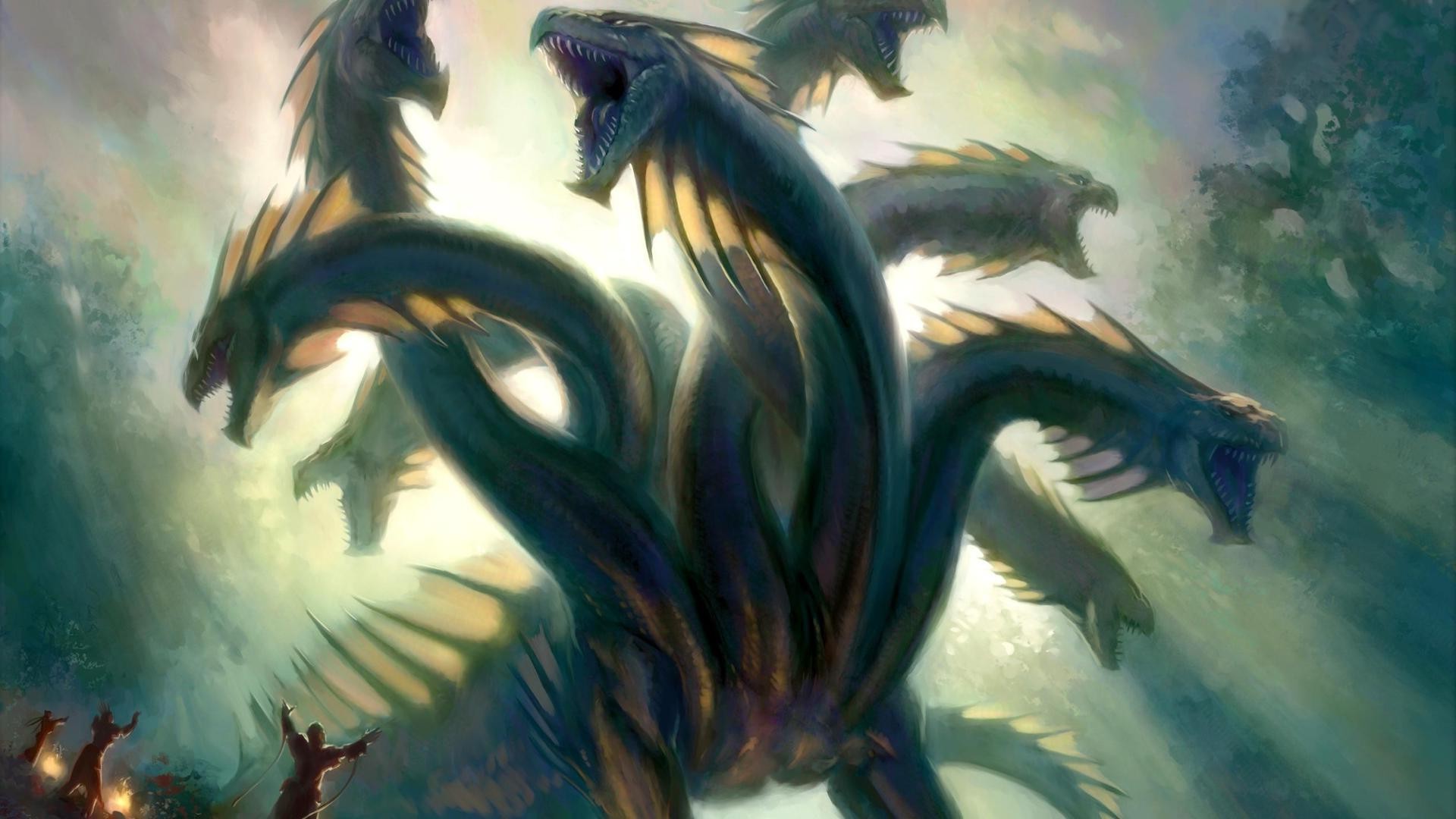
This was princess Andromeda.Īndromeda’s mother, Cassiepeia, had boasted foolishly that she herself was more beautiful than the Nereids (the nymphs of the sea). In another myth from classical Greece, when the hero Perseus was flying home on his winged sandals after decapitating the Gorgon Medusa, and passed over Joppa (Jaffa), he saw a beautiful girl pinned out on a sea-cliff below. This dragon-like figure may have been inspired by the humble seahorse (Photo by Alamy) Perhaps this was a divinely organised compensation for his killing of the Dragon of Ares.Ī sea monster depicted in a mosaic from third-century BC Italy. In a mysterious final twist, both Cadmus and his wife, Harmonia, were reputed to have been transformed into dragons at the end of their lives. These provided Cadmus with his first generation of Thebans. Soon, these teeth had seeded a race of armed warriors: they were known as the Spartoi, the “Sown Men” (nothing to do with Sparta!). He took on the dragon himself and slew it – and then he hacked out the dragon’s teeth and sowed them. It was now up to Cadmus to redress the situation. But the spring was guarded by this terrible dragon, which destroyed them. When the hero Cadmus needed some pure water to make a sacrifice as he founded the city of Thebes, he sent his men to the spring of Dirce. One such creature was the Dragon of Ares.

(The convention of referring to dragons as “serpents” helps us to bear this in mind.) There was one curious exception to their pure-snake form, however: they sported beards.

So what was a drakōn? Its basic form was that of a snake of enormous proportions, and it’s worth remembering that this is the creature that lies at the heart of all dragons. The word “dragon” derives, via medieval French, from the Latin draco, which is itself a borrowing of the ancient Greek term drakōn. To start answering the question of where the ubiquitous image of the dragon came from, we must first return to classical Greece.


 0 kommentar(er)
0 kommentar(er)
